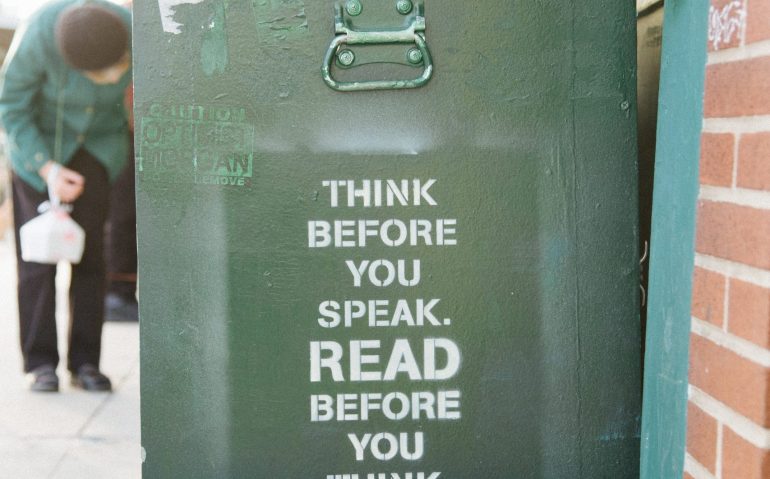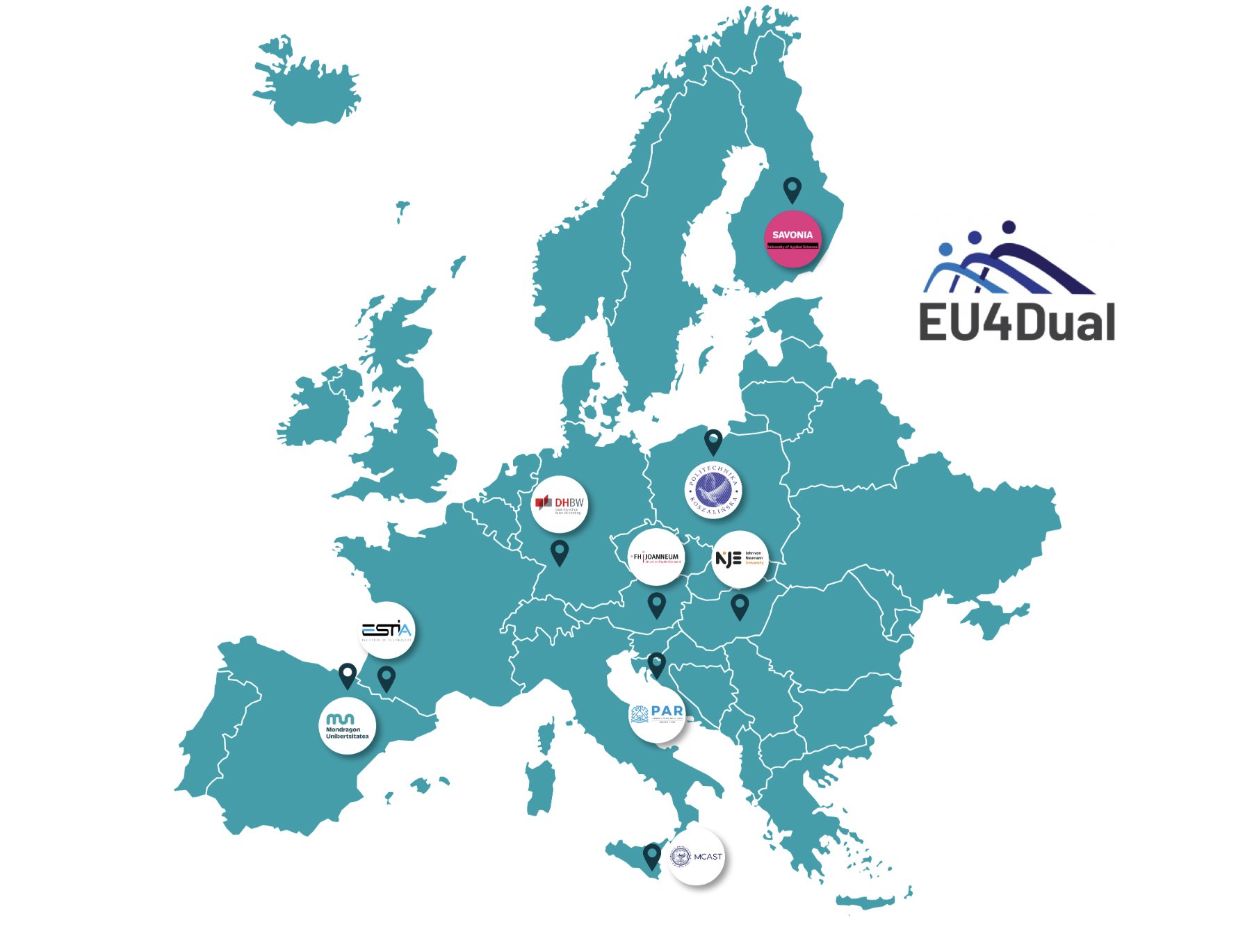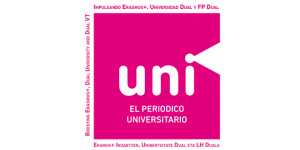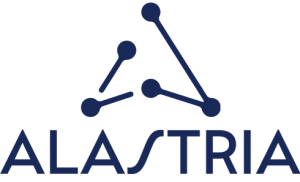Inserting these new technologies into the learning of other languages requires teacher training and ensuring quality standards in their use.
In 2006, the European Parliament and the Council of the EU adopted the Recommendation on key competences for lifelong learning, which called on Member States to provide precise strategies for their development, including criteria for achieving universal literacy. A text that would serve as a reference for the development of education, training and learning aimed at achieving the necessary training to function in today’s society.
The competency framework is thus updated to train new generations in the current VUCA (volatile, uncertain, complex and ambiguous) environment, and language learning has become one of those essential skills for personal fulfillment, employability, active citizenship and social inclusion, as stated in said Council Recommendation. And in this teaching of other languages, artificial intelligence (AI) is presented as a useful tool, embodied, for example, in a word processor, a search engine or conversational chats to improve oral or written skills.
One of the main challenges for AI when processing language is detecting ambiguities, emotions and figures such as irony or sarcasm.
The implementation of AI in the classroom requires extensive knowledge of this technology on the part of teachers, and quality standards in its use. To this we must add the knowledge that teachers must have about the limitations that these models have.
Although experts advocate caution in the use of AI in language teaching and learning, it seems that the use of tools such as chatbots can be easily inserted into teaching.
Likewise, it is important to note that this natural language processing technology is not developed in the same way in all languages.













